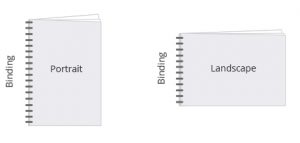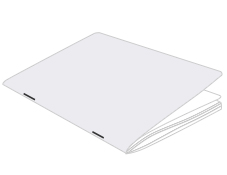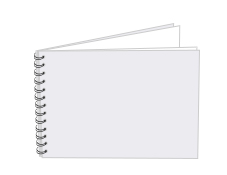Preflight refers to the process of checking and preparing the digital files of the magazine for printing. Preflighting is crucial to ensure that the files are properly formatted. They must contain all the necessary elements, and meet the technical requirements of the printing process. It also helps to catch any potential issues or errors that could affect the quality of the final printed product. So, exactly what does a preflight process cover?
The preflight process for printing magazines checks the following:
- File Format & Resolution: The files are checked to ensure they are in the correct file format, such as PDF. They also need to have the appropriate image resolution for printing, usually 300 dots per inch (DPI) or higher.
- Bleed and Trim: If the magazine design includes elements that extend beyond the page edges (bleed), the preflight process verifies that they are properly set up and will be trimmed correctly during printing.
- Color Management: The color settings and profiles are examined to ensure they suit the printing process and match the desired color output. This includes checking color spaces (such as CMYK) and proper calibration.
- Font & Image Embedding: All fonts should be embedded in the file to ensure they display correctly during printing. High-resolution images should also be embedded rather than linked to avoid any missing or low-quality images.
- Page Order & Numbering: The pages are reviewed to confirm that they are in the correct order and properly numbered as per the magazine layout.
- Content & Layout: The preflight process also involves a general review of the magazine’s content and layout. This includes checking any spelling errors, missing text or images, incorrect placement, or other issues that may affect readability or aesthetics.
When we thoroughly preflight your magazine for printing, we catch and fix any potential issues before the files go to the press. This means a smoother production process and a higher quality printed magazine. And who wouldn’t want that? For more details, take a look at our File Preparation Guide.


 Long Edge Binding Short Edge Binding
Long Edge Binding Short Edge Binding Saddle Stitched
Saddle Stitched

 Choose the color option for the inside pages of your cover.
Choose the color option for the inside pages of your cover.